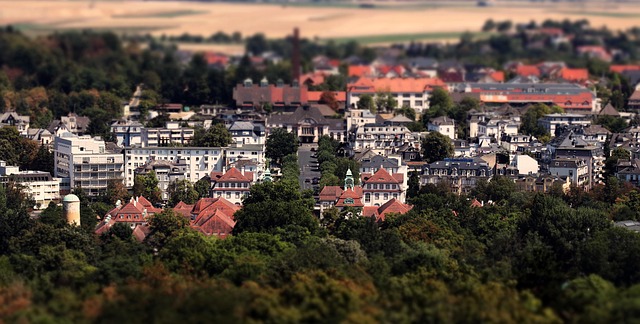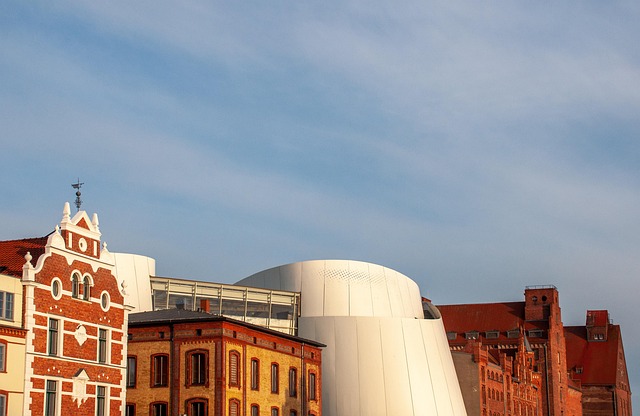Recent years have seen a marked shift towards urban central living, driven by consumers prioritizing convenience and community access over expansive spaces. Remote work and dense developments cater to younger city dwellers valuing interaction and sustainability. Real estate investors respond with mixed-use properties, while competitive markets highlight the demand for well-positioned spaces. Future urban living trends toward centralized communities with smart home tech and shared amenities, minimizing sprawl and promoting sustainability in real estate.
In recent years, there’s been a significant surge in demand for central living in urban areas. This trend, driven by evolving lifestyles and work patterns, is reshaping real estate markets worldwide. As cities adapt to meet these elevated living needs, understanding the factors behind this shift is crucial for both investors and residents. This article explores the rise of urban central living, the key drivers of real estate sales spikes, and what the future of cities might look like in response to this transformative demand.
Understanding the Rise in Urban Central Living Demand

In recent years, there’s been a noticeable shift in consumer preferences towards urban central living, with demand soaring across various real estate markets. This trend isn’t just about changing lifestyles; it’s driven by a confluence of factors including convenience, community engagement, and access to amenities. Modern city dwellers are increasingly prioritizing proximity to workplaces, entertainment hotspots, and essential services over expansive living spaces or long-commute options.
Several urban planning trends and lifestyle changes have contributed to this surge. For one, the rise of remote work has made location less binding for many professionals. Additionally, dense urban developments with shared amenities cater to a younger generation valuing community interaction and sustainable living. As cities evolve to accommodate these demands, real estate investors and developers are responding by offering more central, mixed-use properties that seamlessly blend residential, retail, and recreational spaces.
Factors Driving Spikes in Central Real Estate Sales

The demand for central living has seen a remarkable surge, with real estate sales skyrocketing due to several key factors. One primary driver is the evolving lifestyle preferences of urban dwellers who seek convenience and accessibility. Central locations offer easy access to amenities like schools, healthcare facilities, and entertainment hotspots, making them highly desirable. This shift towards urban living, coupled with limited land availability in city centers, has resulted in a competitive market where every well-positioned property becomes a hot commodity.
Additionally, the rise of remote work has played a significant role in this trend. With more professionals opting for flexible work arrangements, they are willing to compromise on larger living spaces as long as they have reliable internet connections and comfortable home offices. This change in work culture has opened opportunities for real estate developers to cater to micro-apartments and compact living solutions within urban centers, further fueling the demand spike for central real estate.
The Future of Cities: Adapting to Elevated Living Needs

The future of cities is shifting towards a new paradigm, where central living takes center stage. As urban populations continue to grow and density increases, real estate developers are responding with innovative designs that cater to elevated living standards. This trend isn’t just about aesthetics; it’s driven by a need to optimize space, enhance convenience, and foster a stronger sense of community in the heart of bustling metropolises.
Elevated living involves thoughtful planning to meet diverse needs. From smart home technologies that enable efficient management to shared amenities like co-working spaces and community gardens, these developments offer more than just residences. They create vibrant, interconnected environments where residents can thrive, all while reducing urban sprawl and promoting sustainable practices in the world of real estate.






